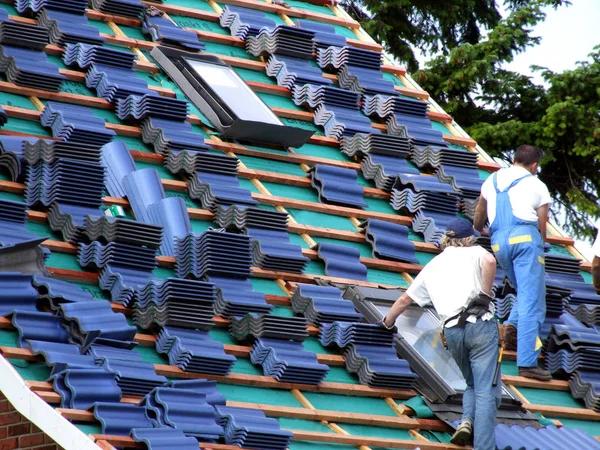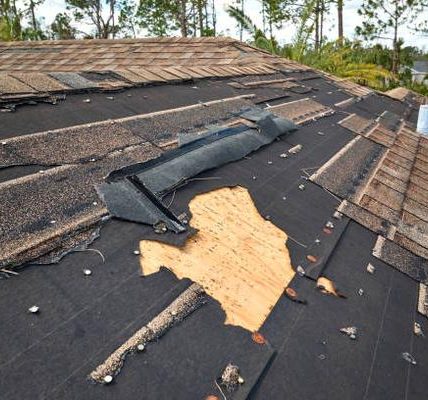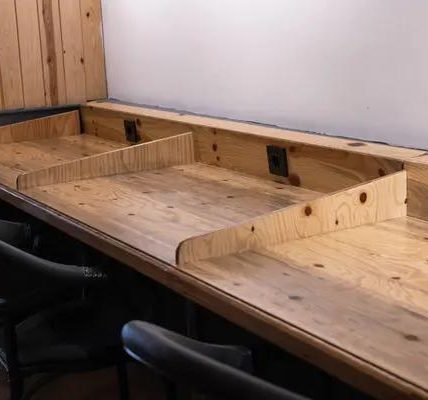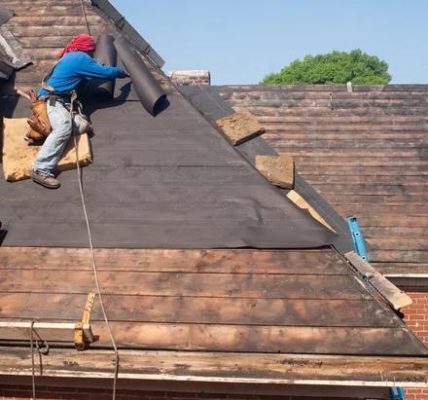Roof replacement is not just about enhancing the aesthetic appeal of your home. It also plays a significant role in improving energy efficiency, which can lead to considerable savings on utility bills over time. A new roof can have a substantial impact on your home’s overall energy consumption, making it an investment that pays for itself in the long run.
The type of roofing material used has a direct effect on the amount of heat absorbed and retained by your house. Traditional asphalt shingles are known to absorb a lot of heat from the sun, which then transfers into your home, causing you to spend more money cooling your house during warmer months. On the other hand, modern roofing materials such as metal or cool-roof shingles are designed to reflect more sunlight and absorb less heat than standard shingles.
When replacing a roof, homeowners can opt for these energy-efficient materials that help keep their homes cooler in summer and warmer in winter without over-relying on heating and cooling systems. Metal roofs coated with special reflective pigments are particularly effective at repelling heat away from homes. Similarly, cool-roof shingles are made with granules that reflect solar energy better than traditional dark-colored roofing materials.
Another way roof replacement near me improves energy efficiency is through improved insulation. Over time, older roofs may develop gaps or cracks due to weathering and damage caused by elements like wind or hail. These gaps allow conditioned air from inside the house to escape while letting outdoor air seep in – resulting in higher demand for heating during winter and cooling during summer.
A new roof ensures optimal insulation as it seals off all potential leaks and prevents conditioned air loss from inside while blocking outside air intrusion – this results in reduced strain on HVAC systems leading to lower power consumption.
Moreover, skylights or solar tubes incorporated into roof design allow more natural light into homes reducing dependence on artificial lighting during daytime hours thereby saving electricity costs further.
Lastly but importantly is ventilation — proper attic ventilation in a new roof helps to balance temperature and moisture levels. In the summer, a well-ventilated attic helps move hot air out of the house, reducing cooling requirements. In winter, it prevents warm moist air from accumulating and causing condensation or ice dams that can damage the roof.
In conclusion, while a roof replacement may seem like a large upfront investment, it is one that can lead to significant savings over time by improving your home’s energy efficiency. Through choosing modern roofing materials with higher reflective properties, ensuring proper insulation and ventilation as well as incorporating natural lighting options in design — homeowners can significantly reduce their energy consumption leading to lower utility bills while contributing positively towards environment conservation efforts.
Red Dirt Construction
51 S River Rd Suite B, Eagar, Arizona 85925
928-862-5869





